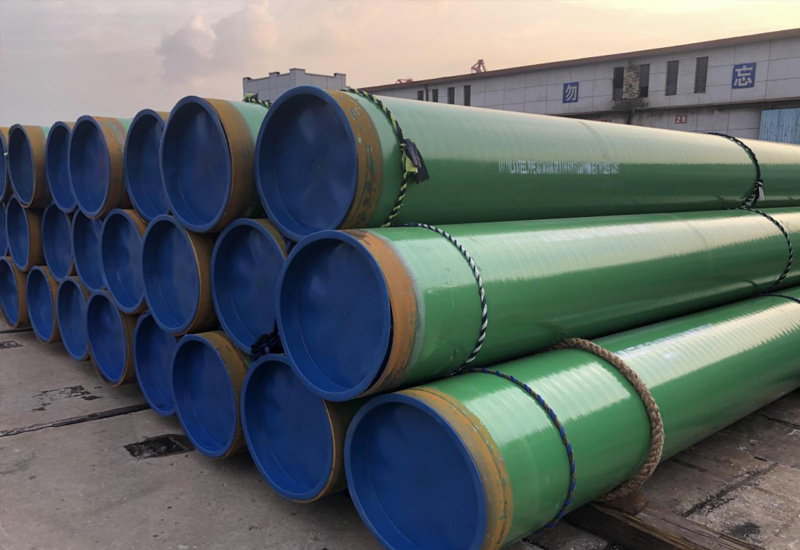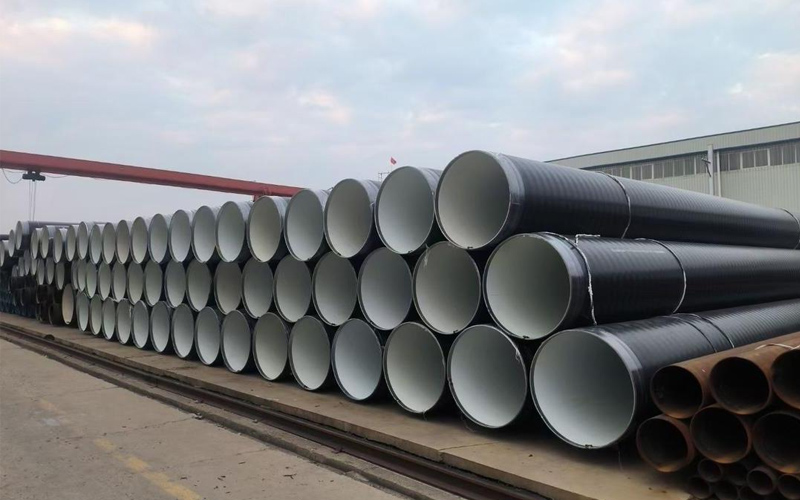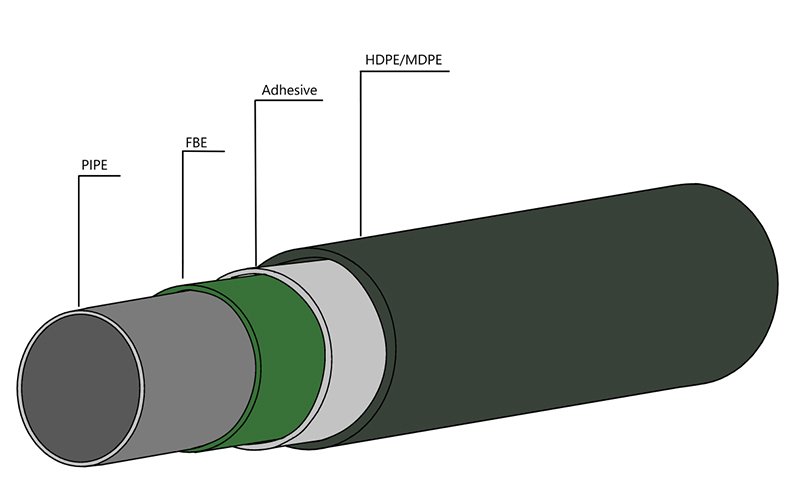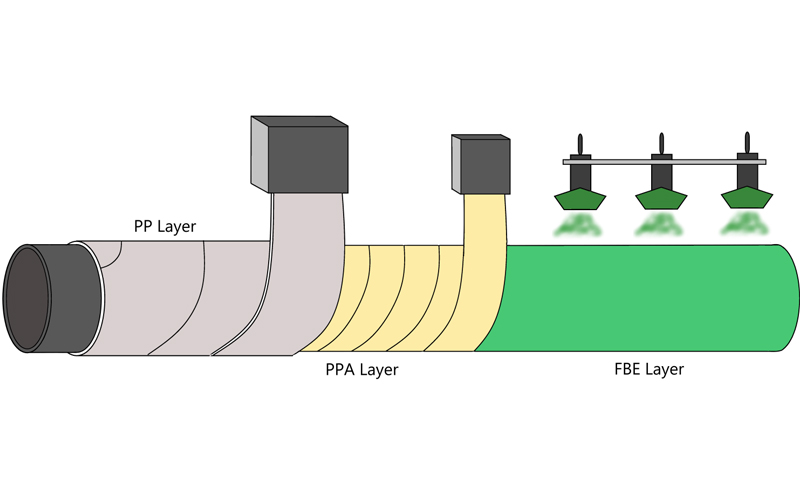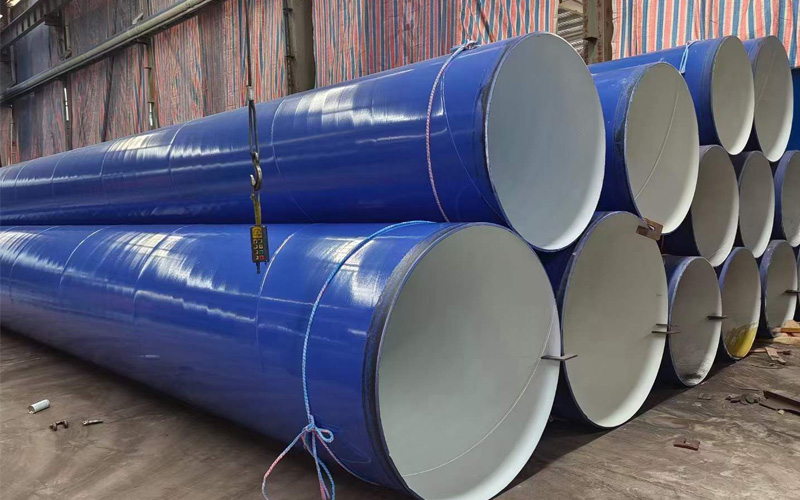Low Carbon Steel Pipe: Properties & Welding Guide
Abstract
Low carbon steel pipe, also known as mild steel pipe, is the basic metal of industry today. Its use is so minutely spread—from the structural frames of skyscrapers, to the lines running water into our homes—that it lies buried beneath our collective gratitude. However, the fact it is so common is not down to luck. It is a matter of fine engineering equilibrium.
The prevalence of low carbon steel does not relate to the fact that it is the most robust, hardest or corrosion resistant material. Its preciousness originates not from any great strength or beauty but from a combination of acceptable strength, incredible ductility and, most importantly, unparalleled manufacturability. This manufacturability is characterized by one simple fact: it has excellent weldability.
This is a stuff every engineer needs to know article. We will perform a quantitative examination of its chemistry and mechanical properties with the common ASTM A53 Grade B as our referencepoint.Then, we will go in-depth into the metallurgy of its welding and discuss what makes it so forgiving and even quantify this attribute by using the Carbon Equivalent (CEq) concept.
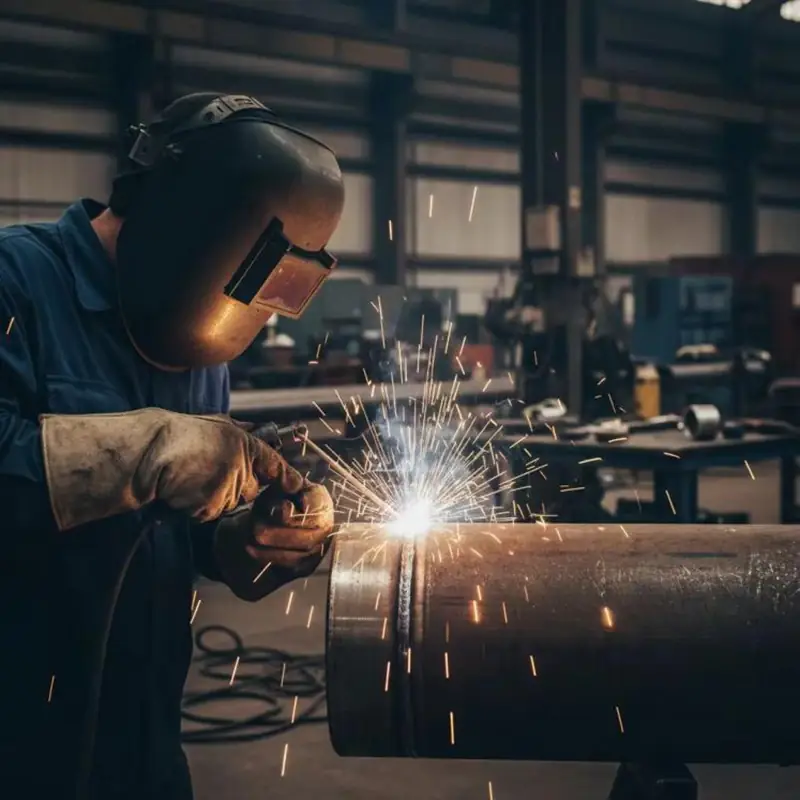
Quantitative Properties of Low Carbon Steel Pipe
The chemical composition defines the properties of any steel. In the case of “low carbon” steel, it is understood as having carbon content below 0.30%. This one component, or absence of it, is the main factor that defines its properties.
We will take ASTM A53 Grade B as the a example for the purpose of discussion.It is one of the basic specifications for low carbon steel pipe that is suitable for general use in fluid and low pressure system.
1. Chemical Properties
The chemical composition is the “recipe” that determines the final mechanical properties and weldability.
Table 1: Chemical Composition, ASTM A53 Grade B (Max %)
| Element | Max Content (%) | Engineering Implication & Significance |
| C (Carbon) | 0.30% | The defining element. This low percentage is what classifies it as “low carbon.” It ensures low hardness and high ductility (toughness), making the pipe forgiving and formable. |
| Mn (Manganese) | 1.20% | A primary strengthening agent. Manganese enhances strength and hardness, but to a lesser degree than carbon. It also beneficially combines with sulfur to form manganese sulfide, which prevents “hot shortness” (brittleness) during hot rolling, thus improving manufacturability. |
| P (Phosphorus) | 0.05% | An impurity. Phosphorus must be strictly limited. In higher concentrations, it can segregate at the steel’s grain boundaries, causing severe embrittlement, especially at low temperatures. |
| S (Sulfur) | 0.045% | An impurity. Sulfur is highly detrimental to weldability. It can cause hot cracking in the weld and the heat-affected zone. Keeping it low is critical for producing sound, reliable welds. |
2. Mechanical Properties
The chemical recipe, when subjected to the manufacturing process (rolling and welding), results in the final mechanical properties. These are the tangible performance metrics engineers use for design and calculation.
Table 2: Mechanical Properties, ASTM A53 Grade B
| Property | Minimum Value | Engineering Implication & Significance |
| Tensile Strength | 60,000 psi (415 MPa) | This is the Ultimate Tensile Strength (UTS), or the maximum stress the material can withstand before it ruptures. It represents the absolute failure point of the pipe. |
| Yield Strength | 35,000 psi (240 MPa) | The most critical property for structural design. Yield strength is the point at which the material begins to deform plastically (permanently). Engineers design systems to keep working stresses safely below this number, ensuring the pipe does not permanently bend or stretch. |
| Elongation | ~30% (in 2″ gauge) | The key measure of ductility. An elongation of 30% means a sample can stretch to 1.3 times its original length before breaking. This high value is a critical safety feature. It signifies high toughness, meaning the pipe will visibly deform and leak long before it shatters—a “ductile failure” (safe) rather than a “brittle failure” (catastrophic). |
A Metallurgical Deep Dive into Weldability
The greatest functional quality of low carbon steel pipe is that it is very easily welded. That’s what makes it simple, fast and reliable to fabricate — in a shop and in the field.This Property Is No Random Occurrence This property is no accident; it is a direct, a foreseeable consequence of its low carbon chemistry.
1. The “Why”: Avoiding Martensite in the HAZ
Weldability relates to the ease of welding a material to obtain a sound, crack-free weld joint. The prevailing difficulty in welding steel lies in the heating and cooling rates, specifically in the region next to the weld, the so called Heat-Affected Zone (HAZ).
The enemy of weldability is a microstructure called Martensite.
· What is Martensite? It is a very hard, strong, and extremely brittle, needle-like structure that forms in steel.
· How does it form? It forms when steel with sufficient carbon content is cooled very rapidly from a high (austenitic) temperature. This rapid cooling is exactly what happens in the HAZ after the welding torch passes.
This is the secret to low carbon steel’s success:
Because the carbon content is very low (e.g. less than 0.30%), the ”hardability” is also very low. The formation of a fully martensitic structure in the HAZ ismetallurgically impossible, even with the fast cooling of a conventional weld.
Rather than becoming brittle, the HAZ of low carbon steel pipe cools down to crystallize a soft, ductile and forgiving structure of ferrite and pearlite—these microstructures very much resemble parent metal. Thus, the weld joint retains its toughness and is not vulnerable to the cold-cracking afflictions common to medium and high–carbon steels.
2. Quantifying Weldability: The Carbon Equivalent (CEq)
While carbon is the primary hardening agent, it is not the only one. Other elements, particularly manganese (Mn), also contribute to the steel’s hardenability and must be accounted for.
To quantify this total effect, engineers use a widely accepted tool called the Carbon Equivalent (CEq). It is a formula that translates the hardening potential of all alloying elements into a single, “equivalent” carbon percentage. The most common formula, established by the International Institute of Welding (IIW), is:
CEq = %C + %Mn/6 + (%Cr+%Mo+%V)/5 + (%Ni+%Cu)/15
This formula is the key to predicting welding behavior. It provides two critical, actionable thresholds for engineers:
· CEq < 0.40% (Excellent Weldability): This is the group in which practically all low carbon steel pipes (such as ASTM A53) fall. Cracking risk is non-existent.These pipes do not require any pre-heating and can be welded with all the standard, economical welding methods (SMAW, GMAW/MIG, TIG) using standard consumables.
· CEq > 0.40% (Poor Weldability): This is common for alloy and medium carbon steels. There is a high danger of martensite development and hydrogen cold cracking. Special, expensive procedures are needed to weld these materials, for example:
Pre-heating: The joint must be heated before welding to slow the cooling rate and prevent martensite from forming.
Low-Hydrogen Electrodes: Special welding rods are required to prevent hydrogen from being introduced into the weld, which can cause cracking.
Low CEq of mild steel pipe is the greatest manufacturing benefit. It removes you from having to perform these expensive and time-intensive special operations, resulting in a much lower overall cost of fab.
Applications (Where Properties and Weldability Meet)
The unique balance of properties and weldability makes low carbon steel pipe the ideal choice for a vast range of applications.
1. Fluid Conveyance (e.g., ASTM A53, API 5L Gr. B): The combination of the guaranteed yield strength (to contain the pressure) and good weldability make it ideal for long, single joint pipelines. It can be readily machined and its high ductility provides a safe, “leak-before-break” failure mode.This makes it the default choice for low pressure steam, natural gas, air and water distribution.
2. Structural Applications (e.g., ASTM A500): Weldability is critical here. The high strength to weight ratio and ease with which it can be cut, formed and welded makes it the go-to metal for building frames, bridge trusses, structural supports, handrails, and machinery bases.
Conclusion: The Engineered Balance
The prevalence of low carbon steel pipe is no accident. It is not the strongest or hardest material. Instead, it is the one that the best engineered the balance of useful attributes (enough strength and good ductility) with the highest level of processing amenability (world class weldability and low cost).
The low carbon content, and associated low CEq, is the key technical enabler of its success.It enables quick, inexpensive, and dependable manufacturing without the metallurgical hazards of higher-carbon steels, establishing it as the real foundation of contemporary engineering.
Share:
Get Your Custom Steel Pipe Quote Today!
Provide us with your project details (like application, specifications, quantity). Our experienced team will respond with a tailored solution and competitive quote within 24 business hours.
Related Articles
ASTM A53 vs. API 5L: A Guide to Selection and Application
Introduction:Technology differences determine success or failure, and selection needs to be “precise”
Steel Density Analysis: Core Differences between Mild and Medium Carbon Steels and Industrial Applications
3LPE coated steel pipe: a solid barrier in the field of industrial corrosion protection
3LPP coated pipe: anti-corrosion guard in high temperature and high pressure environment
FBE steel pipe: the technological armor of the steel defense line
HOT TAGS
近期文章
- 3LPE coated steel pipe: a solid barrier in the field of industrial corrosion protection
- Breakthrough of spiral welded pipe technology: How does SSAW steel pipe conquer the water supply project in rugged mountain areas of South America?
- What is offshore pipeline and its Applications in offshore oil and gas development
- 3PP Coating for High-Temp Pipe Corrosion | Case Study
- A Guide to ISO 21809: 3LPE & FBE Pipe Coating Standards




